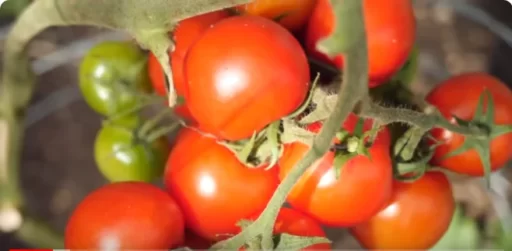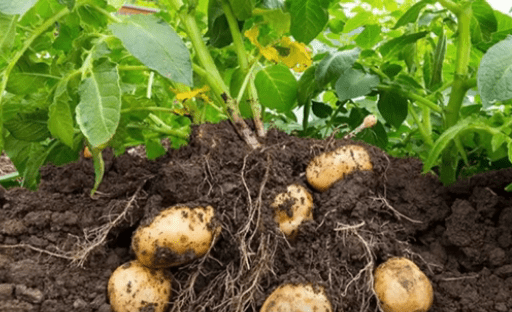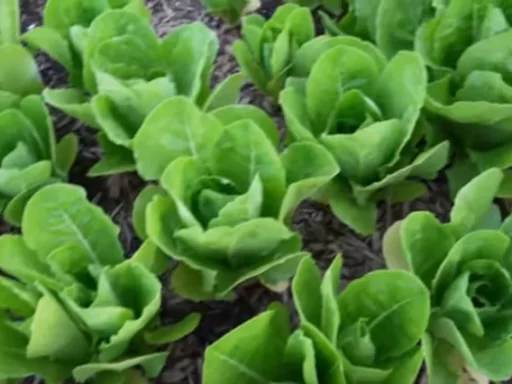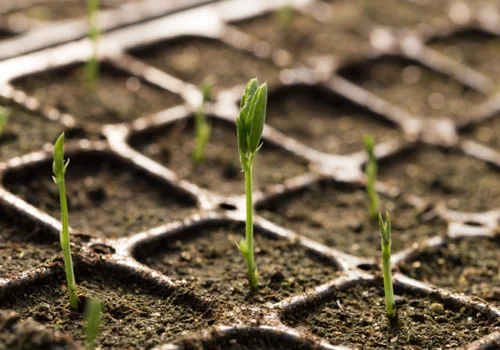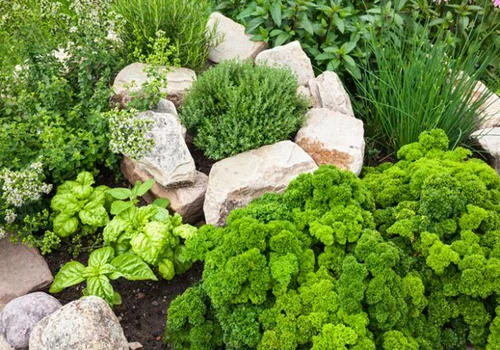Transplanting tomato and pepper plants is a vital process for ensuring they thrive in your garden. With the right techniques, you can make sure your plants grow healthy and produce abundant harvests. This guide will cover everything you need to know to transplant tomato and pepper plants, whether in the ground or containers. By following these steps, you’ll give your plants the best chance to flourish.
Step #1: Prepare the Plants for Transplanting
Before transplanting, it’s important to prep your plants properly. For both tomatoes and peppers, the lower leaves should be removed to prevent them from touching the soil. When leaves come into contact with the ground, it increases the risk of disease, especially from splashing water during rain or irrigation. For tomatoes, remove the first few sets of leaves to avoid soil contact. However, for peppers, you generally do not need to bury them deeply like tomatoes, so you can leave more leaves intact.
Step #2: Prepare a Fertilizer Blend
A good fertilizer is essential to help your transplants grow strong. A blend of organic all-purpose fertilizer (NPK 5-5-5 or similar), bone meal for calcium and phosphorus, and crab or lobster shell meal is highly recommended. This combination promotes flowering, fruiting, and root development. Mix two parts organic fertilizer with one part bone meal and one part shell meal to create an effective fertilizer that supports healthy plant growth.
Step #3: Organize Transplants for Efficient Planting
Laying out your transplants in the garden or containers beforehand is a simple but effective time-saver. Have all the plants arranged where they will be planted, so you can move through the process smoothly without having to shuffle plants around as you go.
Step #4: Transplanting Tomatoes and Peppers
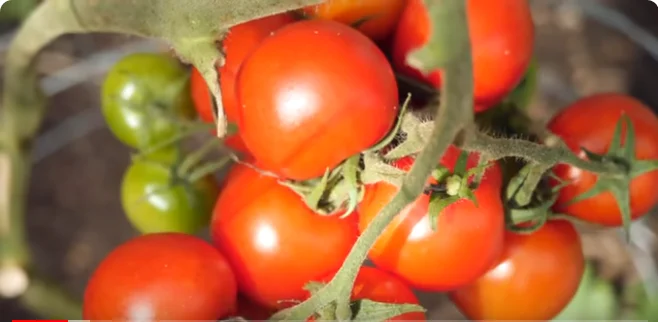
Tomatoes in Containers
When transplanting tomatoes into containers, make sure the container size is appropriate. Indeterminate tomatoes need at least 20-gallon containers, while determinate varieties can manage in 7 to 10-gallon pots. Bury the tomato plant deeply to promote stronger root growth, as tomatoes can root along their stems. Place a tablespoon of the fertilizer blend in the hole before planting and another on top after covering the plant.
Tomatoes in Ground
For tomatoes planted in the ground, the method is similar. Make sure the planting hole is deep, place the fertilizer blend in the bottom, and angle the root ball slightly if needed to fit. Bury the plant deeply and backfill with soil, ensuring the plant stands upright. Adding more fertilizer on top will give the plant a nutrient boost.
Peppers
Peppers, on the other hand, should be planted flush with the soil line since they do not root along their stems. Make sure to remove the lower leaves, dig a shallow hole, and add fertilizer before planting. Gently backfill and label each pepper plant.
Step #5: Watering the Transplants
After planting, it’s critical to water your transplants thoroughly. Proper watering ensures that the soil compacts around the roots, eliminating any air pockets that could dry out your plants. Whether in containers or in the ground, soak the soil well to help the plants establish quickly.
Step #6: Add Compost and Mulch
To finish, add a layer of compost and mulch around your plants. This step helps retain moisture, adds nutrients, and suppresses weeds. If you’ve planted in containers with a compost-rich mix, additional compost may not be necessary. For in-ground plants, spread a layer of finished compost around the base, then top it with mulch for added protection.
Frequently Asked Questions
- When is the best time to transplant tomatoes and peppers?
Early spring is ideal, but avoid planting if there is a risk of frost. - How deep should tomato plants be buried?
Tomatoes should be buried deeply, covering part of the stem to encourage root growth. - Can I use regular garden soil in containers?
It’s better to use a well-draining container mix made of compost, peat moss, and topsoil. - How often should I water newly transplanted plants?
Water them thoroughly after transplanting, then maintain regular watering based on soil moisture levels. - What size containers do peppers need?
Peppers grow well in 3 to 5-gallon containers. - How far apart should tomato plants be spaced?
Indeterminate tomatoes should be spaced 18 to 24 inches apart, while determinate varieties can be spaced closer at 12 to 18 inches. - What kind of mulch is best for tomatoes and peppers?
Organic mulch like straw, leaves, or wood chips helps retain moisture and improve soil health.

